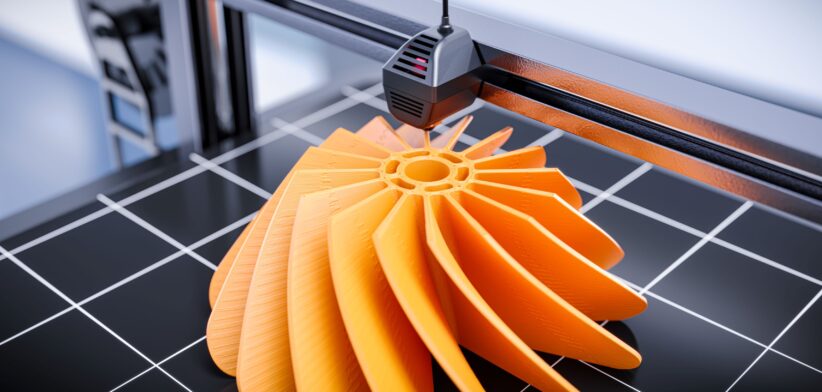A unique “fingerprint” has been discovered in individual pieces of 3D printed material which could enhance supply chain integrity in the additive manufacturing sector.
Researchers at the University of Illinois Urbana-Champaign found that parts made by 3D printing carried a unique signature from the specific machine that fabricated them.
Professor Bill King said this inspired the development of an AI system which detected the signature, or “fingerprint,” from a photograph of the part and identified its origin.
Professor King said the technology could allow manufacturers to monitor their suppliers and manage their supply chains, detecting early problems and verifying that suppliers were following agreed upon processes.
“We can print the same part design on two identical machines – same model, same process settings, same material – and each machine leaves a unique fingerprint that the AI model can trace back to the machine,” he said.
“It’s possible to determine exactly where and how something was made. You don’t have to take your supplier’s word on anything.”
Professor King said the technology had major implications for supplier management and quality control.
He said when a manufacturer contracted a supplier to produce parts for a product, the supplier typically agreed to adhere to a specific set of machines, processes, and factory procedures and not to make any changes without permission.
“However, this provision is difficult to enforce. Suppliers often make changes without notice, from the fabrication process to the materials used.”
Professor King said while they changed are normally benign, there was the risk they cause major issues in the final product.
He said their technology had the potential to overhaul supply chain management.
“With it, manufacturers can detect problems at early stages of production, and they save the time and resources needed to pinpoint the origins of errors.”
Professor King said the technology could also be used to track the origins of illicit goods.
“There are thousands of 3D printers in the world, and tens of millions of 3D printed parts used in airplanes, automobiles, medical devices, consumer products, and a host of other applications. Each one of these parts has a unique signature that can be detected using AI.”
Read the full study: Additive manufacturing source identification from photographs using deep learning.








